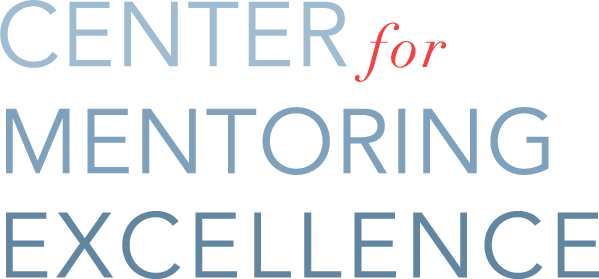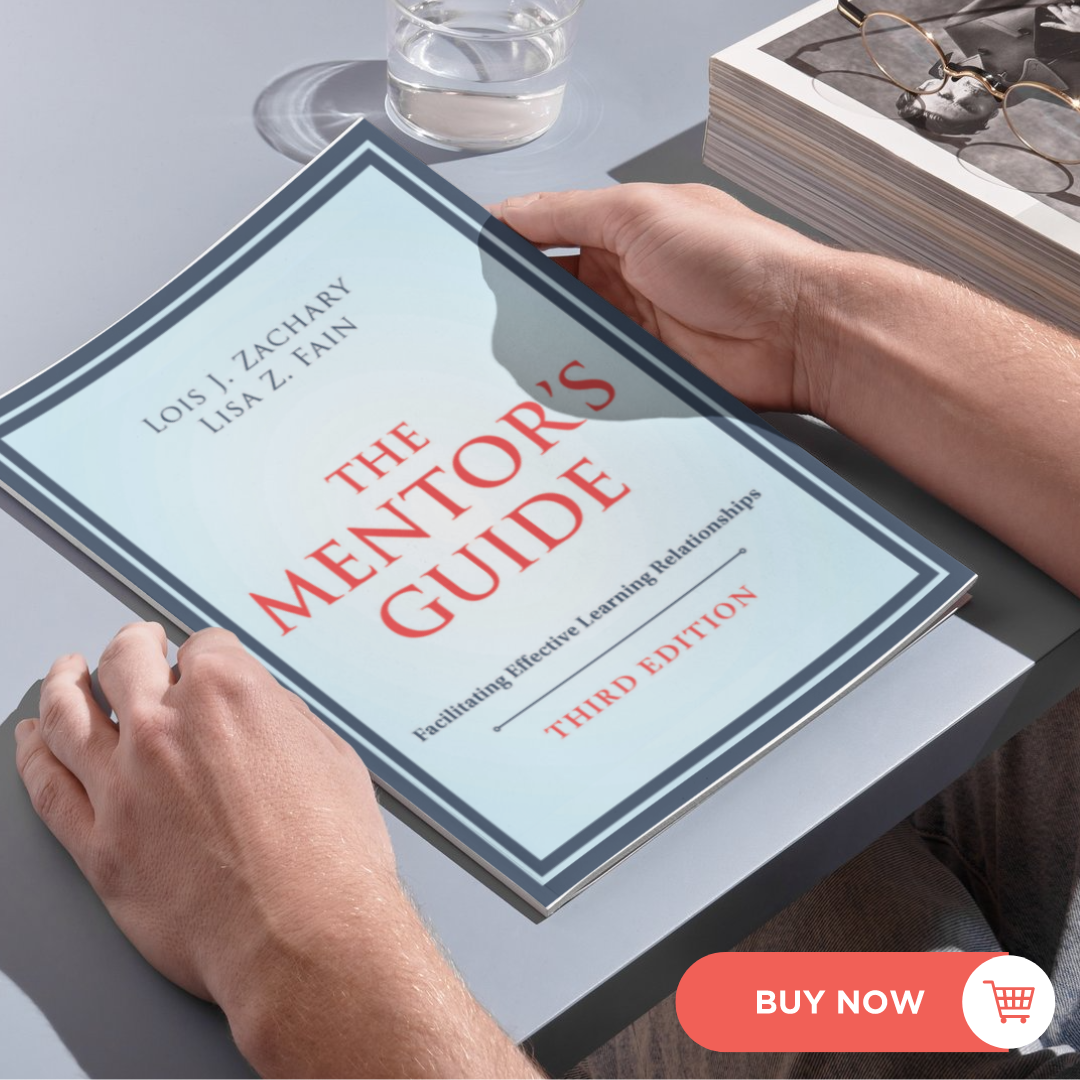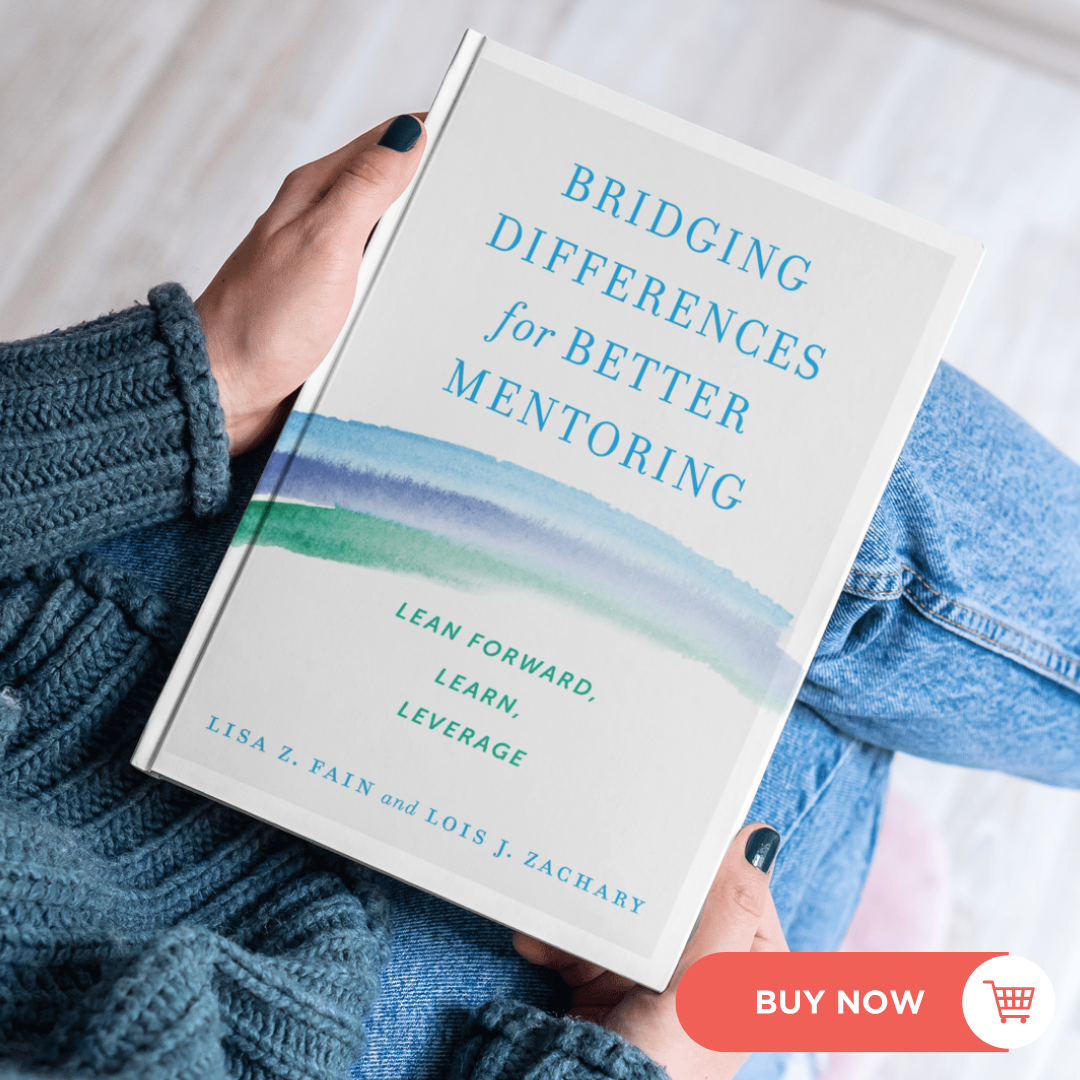I’m crafty, which means I’m very good at starting crafts, forgetting, then returning to them years later. In fact, I have a blanket I started for my grandma stuffed away in my closet right now. I pulled it out the other day to find a knotted ball of yarn attached to the blanket’s start. It looked like it was played with by two kittens, a dog, then tossed in the garbage disposal for good measure. Looking at that mass, I was overwhelmed. I needed to find where it was attached to the blanket and work through the tangle of knots just so that I could start knitting the blanket. As I worked through the yarn, I began to pick up on the texture, how the knots form, how hard to pull on the strand, and eventually, I was better able to untangle the ball quickly.
This knotted ball is allyship. Allyship is a complicated mass of knowledge and behaviors that we have to untangle. It requires that we learn and develop and work through a knotted mass that’s wrapped up with what we know, believe, and how we operate. This requires that we get educated. Starting at the beginning of the knotted ball, you will begin to untangle knots like systemic racism, power, covert racism, and privilege, gaining a longer and longer strand of usable yarn, which you will use to develop allyship. The process may be frustrating, and you may feel like giving up. Some knots will be incredibly hard to get through, while others will be straightforward. But unlike my blanket in the closet, keep working on that ball, so you can develop concrete ally behaviors to support people of color in and outside of the workplace.
Getting educated is perhaps the most foundational piece of allyship, and it is forever ongoing, and if that sounds exhausting– it is. Thankfully, mentoring can provide you with support and direction as you begin to maneuver through the knots of racism, inequality, and social justice. In our last piece, we talked about the importance of developing an allyship partner and things to consider when selecting this partner. In Bridging Differences for Better Mentoring, authors Lisa Fain and Dr. Lois Zachary identify the three functions of mentoring that we can apply to allyship partnership:
- Support
- Vision
- Challenge
Leaning on these three functions of mentoring can be the means through which one stays committed to their allyship journey. The following sections will elaborate on the benefits of using mentorship to foster allyship.
Support
Support is the management and process of a mentoring relationship (Fain & Zachary, 2019). As you work through allyship materials or engage in other allyship behaviors, ensure you have an excellent connection to lean on when you need advice, support, or comfort. There are many strategies you can utilize. Here are two examples to offer:
- Maintain a climate conducive to learning. Most likely, the work you will be doing with your partner will primarily involve learning new material. As such, develop an environment in your partnership that encourages exploration.
- Create structure and maintain accountability. The main activity that you and your partner should begin with is creating structure and accountability pertaining to allyship. How will you document or discuss any experiences you have at work that required allyship? Who else can you talk to about allyship outside of this relationship?
Vision
The vision is the link that binds you and your allyship partner together. Develop a roadmap for where you’d like to be due to this relationship (e.g., an advocate in the workplace). You can do this by:
- Sharing your story. As allyship partners, you may decide to start by sharing your story concerning how you have experienced race. Where did you grow up? What was it like at your school? Have your political viewpoints shifted? If so, how did this come to be? As you begin to explore your history, you will begin to identify similarities and differences that you can use to flex your allyship muscles by examining the role your personal history has played on your current behaviors and values.
- Creating future scenarios. Just like any new skill, allyship must be practiced. Ensuring that there is space for co-workers of color will not come naturally to most people. Nor will calling out racist statements or behaviors in the workplace. We encourage allyship partners to practice how they would react in scenarios where they should serve as an ally.
- Holding up a proverbial mirror to encourage mentee self-reflection and heightened self-awareness. Reflect on your readings or everyday experiences. You and your partner may use these to determine what allyship looks like for you both. Additionally, remember that you both will fail at serving as an ally at times. Use those instances as opportunities to learn for both you and your allyship partner.
Challenge
Challenging each other may be the most pivotal function of an allyship partnership. Much of the material that you will cover may challenge what you have known. Here are three steps:
- Suggesting things outside of your comfort zone and providing a safe place for your partner to take risks. Given that you have created a structure and established trust, you and your partner should push each other to explore topics and scenarios outside of the norm. Consider role-playing scenarios that currently make you uncomfortable (e.g., standing up to your superior when making a racist comment).
- Presenting opposing viewpoints or perspectives. We are in a very divided time where people will have differing opinions from yours. In your partnership, consider what these perspectives are and how you may respond to views that run counter to allyship principles.
- Asking questions that bring past actions into consciousness and promote insights into change. Again, we emphasize reflection. Consider how your past actions have led you to where you are. How would you change?
Resources
A simple Google search can provide you with lists of antiracist materials. Ultimately, it will be up to you and your partner to determine what type of literature you both want to investigate.
Ask yourself:
- What is our previous exposure to antiracist literature?
- How strong is our collective understanding of history?
- Do we have the same religious/value system? (e.g., Should we utilize a Christian lens to approach antiracism?)
- Am I educating myself with diverse voices or just authors with the same identity as myself?
Recognize that the foundation of allyship is understanding oppression, privilege, systemic racism, power, and white fragility. As you learn more, you might decide to discuss your learning with your mentoring partner (See note below for an important caveat). Here are three resources that might be helpful:
- Me and White Supremacy originated as a 28-day Instagram Challenge from Layla F. Saad. Mentoring pairs may choose to work through the challenge together, process the material, and reflect together.
- How to Be an Antiracist by Ibram X. Kendi
examines how he has experienced and internalized racism and offers insights into how you can strive to be antiracist. This book is full of history. Ask yourself (and/or your mentee) some of these critical questions: Did I learn about this in school? Why or why not? Who will I share my new knowledge with now? How might this new knowledge change my social interactions? - Dear White People is a comedy-drama that addresses intense social issues through Black students’ eyes on an Ivy League college campus. Mentoring pairs can watch an episode and reflect on how the episodes’ issue plays out in the world. Note: the series is rated TV-MA.
Reflection Questions with Your Partner
- Use your allyship partnership to reflect on each resource you review.
- You and your allyship partner may choose to reflect on the literature using the same questions. For example:
- What was new information? What did I already know?
- How can I integrate the knowledge and principles I have gained in both my professional and personal life?
Next Post: Create space
In our next post, we will discuss how to give and receive feedback regarding allyship behaviors.
CME is honored to be named a Top 10 Mentoring Blog by Feedspot




